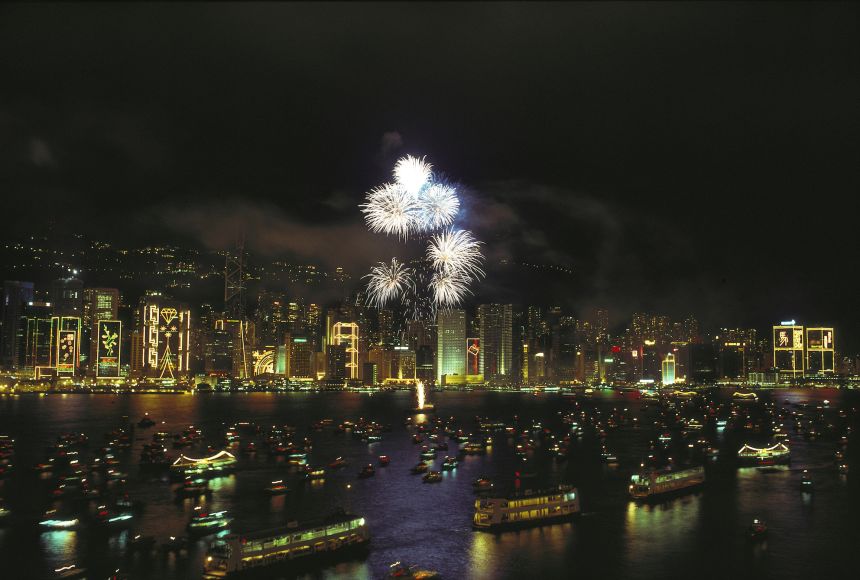Human inventions like cars and plastic changed the world. While some of the effects are positive, there are also risks and drawbacks. Today, automobile emissions contribute to the heating of the Earth's climate, and plastics fill our ocean, creating health risks for marine animals.
What about the electric light bulb? This is thought to be one of the greatest inventions of all time and it helps us in many ways. However, like carbon dioxide emissions and plastic, too much of a good thing has started to negatively affect the environment. Light pollution is the excessive or inappropriate use of outdoor artificial light. It is affecting human health, wildlife behavior and our ability to observe the night sky.
Sky Glow Affects Over 80 Percent Of Population
Light pollution is a global issue. The problem became obvious when the World Atlas of Night Sky Brightness was published in 2016. The atlas is a map based on thousands of satellite photos. It shows how and where the night sky is brighter than it would be from just the Moon and stars. Vast areas of North America, Europe, the Middle East and Asia glow with light, while only the most remote regions on Earth, such as Siberia in Russia, the Sahara Desert in Africa and the Amazon in South America, are in total darkness.
Sky glow is the brightening of the night sky. It happens mostly over urban areas due to lights from cars, street lamps, offices, factories, outdoor advertising, and buildings. It causes people living in cities to have a hard time seeing more than a handful of stars at night. Sky glow also reduces astronomers' ability to view stars and planets.
More than 80 percent of the world's population lives under sky glow. It is one of the most pervasive forms of light pollution.
Confusing Body's Internal Clock
Beyond sky glow, constant exposure to artificial light can change natural body rhythms in humans and animals. Usually, light guides day and night activities and affects body processes. Excessive nighttime light interrupts sleep and confuses the circadian rhythm, which is the body's internal clock. One of these processes is the production of a hormone called melatonin. Hormones are natural chemicals that bodies produce to help organs and tissue work.
Melatonin promotes sleep. It is usually released at night because daytime light prevents melatonin release. Increased nighttime light lowers melatonin production, which causes sleep deprivation, fatigue, headaches, stress, anxiety and other health problems.
Blue light in particular reduces levels of melatonin in humans. It comes from cell phones and other computer devices. It also comes from light-emitting diodes (LEDs), which are light bulbs that have become popular due to their low cost and energy efficiency.
Light Disturbs Travels of Many Species
Science studies show that light pollution affects animals, too. Sea turtles travel by moonlight during migration but get confused by light pollution and lose their way. Artificial light draws in large numbers of insects that are instantly killed upon contact with light sources. Birds are also attracted to light. Many cities have adopted a "Lights Out" program to turn off building lights during bird migration.
Even animals living under the sea may be affected by underwater artificial lighting. Researchers in the United Kingdom studied the effects of submerged lights on marine creatures. They found that fewer filter feeders make their homes near these lights. Filter feeders are marine animals that feed on small particles by sifting water through their bodies, such as mussels or oysters. This could mean that the light from oil rigs, passing ships and harbors alters marine ecosystems.
Light pollution even affects places meant to provide protected natural habitats for wildlife. The National Park Service has been monitoring night sky brightness in about 100 parks. Nearly every park has shown at least some light pollution.
More High-Efficiency Light Sources Needed
There are several organizations working to reduce light pollution. The International Dark Sky Association (IDA) educates the public and certifies dark sky reserves as places that have reduced their light pollution. In 2017, the IDA approved the first U.S. dark sky reserve in Idaho.
In addition, many states adopted laws to control outdoor lighting. Even manufacturers started designing high-efficiency light sources that save energy and reduce light pollution.
Individuals can take steps to reduce light pollution, too. People can use outdoor lighting only when and where it is needed, making sure outdoor lights are directing light down instead of up into the sky. They can also close curtains at night to keep light inside buildings.


